Petra is one of the world’s most incredible archaeological gems—a city quite literally hewn from rose-red sandstone two thousand years ago. The vast ancient Nabataean capital repays those who go beyond the surface rather than merely taking the obligatory Treasury snapshots before returning to the hotel.
There’s a big difference between ticking Petra off the bucket list and really knowing what you’re seeing. Here are 20 pro tips to help you view Petra like an archaeologist would, unlocking its hidden meanings and gaining an appreciation of this sophisticated ancient civilization.
Be There at Opening and Stay until Closing
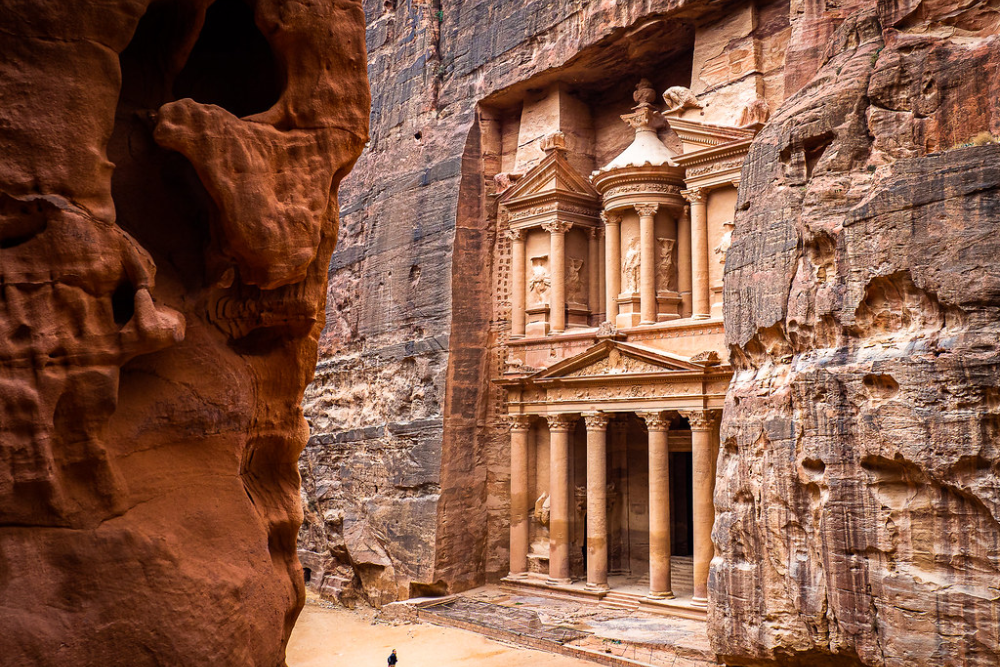
Serious adventurers know that sunrise at Petra is pure magic—be there for the 6:00 AM summer opening, and you’ll have 30 minutes of Treasury solitude before the tour buses arrive. As the day wears on, the shifting light elicits whole new aspects of the monuments; what is flat at noon is dramatically three-dimensional by late afternoon.
The warm golden light that bathes the rose-red stone as the day comes to an end creates those jaw-dropping photos that make everyone back home jealous.
Study the Nabataean Civilization Before Visiting
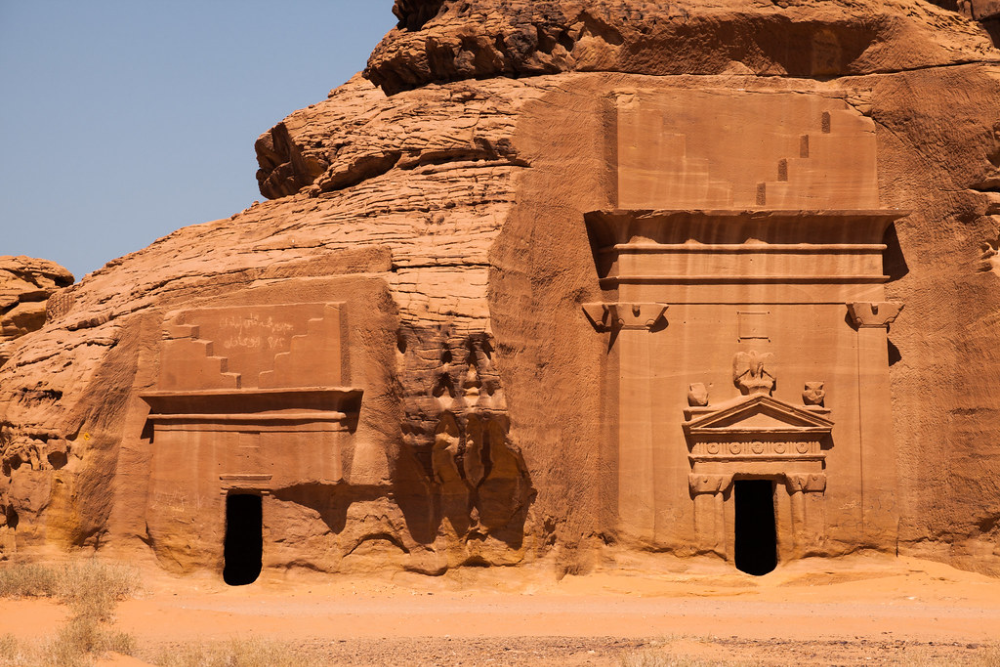
Miss the homework, and you’ll be guilty of relegating Petra to ‘that place in Indiana Jones’—missing the brilliance of the civilization that created it. The Nabataeans weren’t just skilled rock cutters; they were also masters of complex trade routes and water-management systems that engineers study today.
Even a small amount of background information allows you to pick up on significant details—like betyl stones or water conduits—that most tourists walk right past in search of the perfect selfie spot.
Like Travel Pug’s content? Follow us on MSN.
Bring Proper Documentation Tools
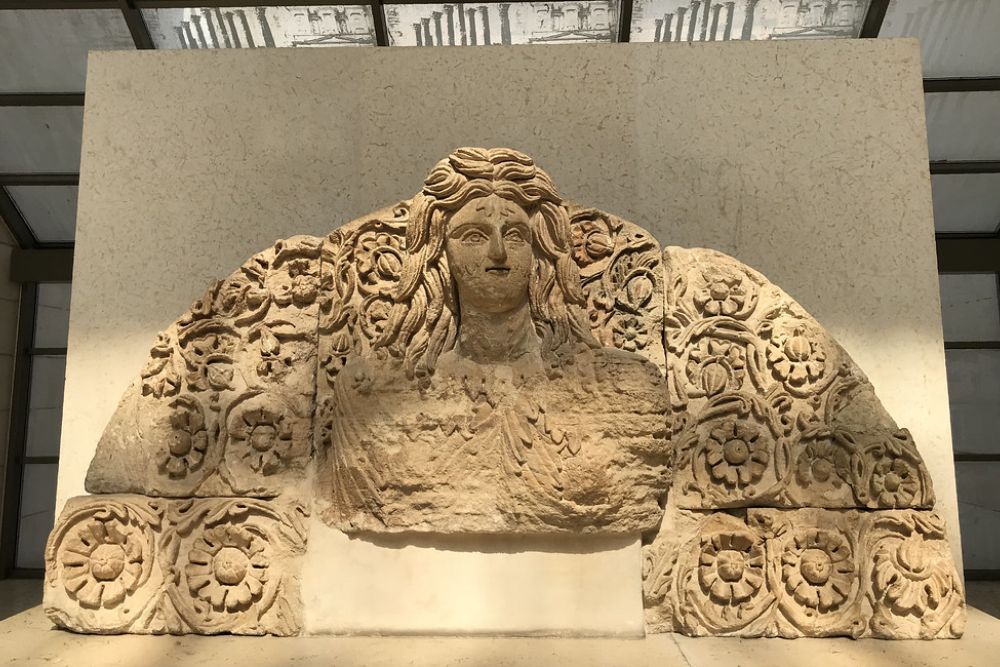
Real archaeological learning is derived from recording what you see more than from collecting pretty pictures on your phone. A little notebook to jot down observations of unusual architectural details or to write down questions that come up is a treasure on the tour.
Those sketchy drawings—even amateurish ones—cause you to truly observe proportions and decorative elements in ways that involve deeper understanding than photographs ever can.
Wear Appropriate Footwear and Sun Protection
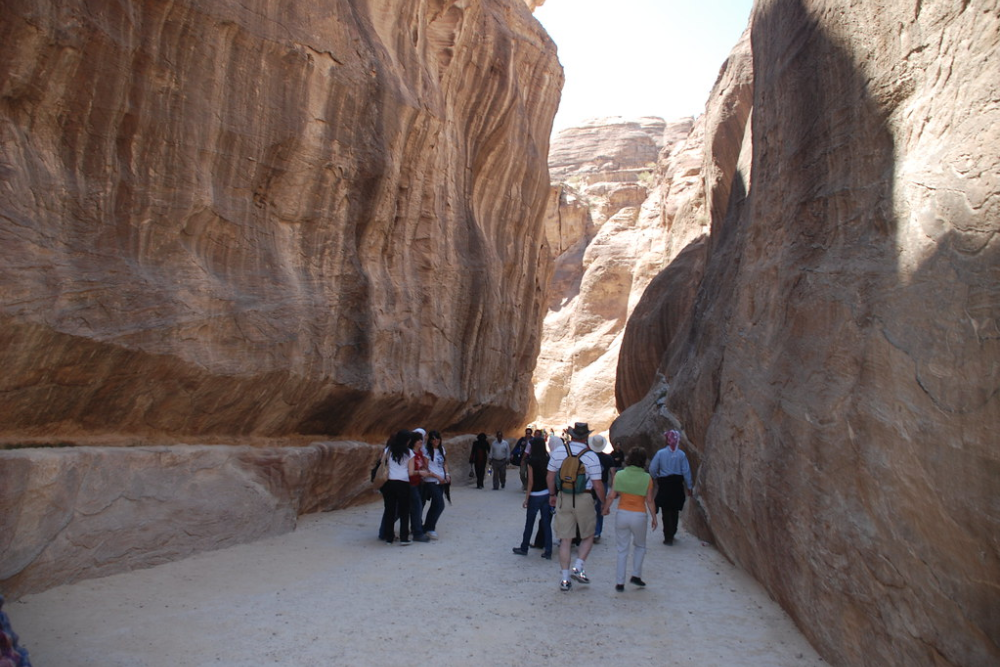
Petra’s scale catches many visitors off guard—you’ll easily walk 12-15 miles a day over terrain that’s anything but friendly. Those fashionable sandals might appear cute in photos, but they’ll torment you after even the first mile of loose sand and rocky pathways.
Broad hats and thick sunscreen are also a must, considering summer temperatures consistently exceed 100°F with very little shade outside of the main monuments.
Explore More Beyond the Treasury
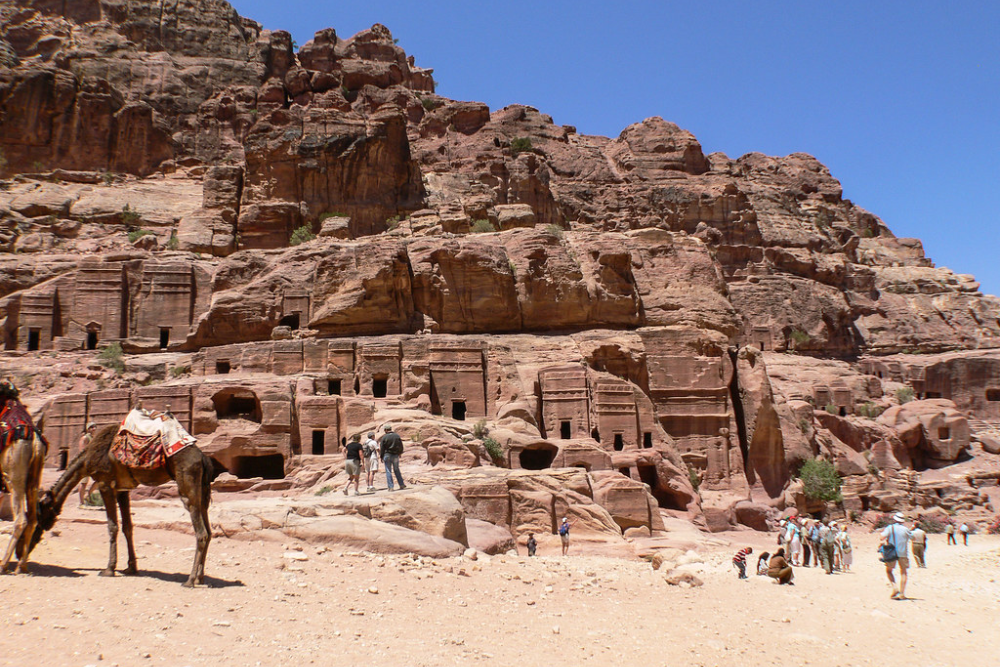
It’s amazing how many tourists return after viewing only the Treasury—which amounts to less than 1% of what Petra has to offer. The really amazing things—the Street of Façades, Theater, Royal Tombs, and Great Temple complex—await those who are prepared to go further into the city.
At least push yourself as far as the Basin Restaurant zone to get a true sense of the size and architectural variety of this once-bustling city.
Like Travel Pug’s content? Follow us on MSN.
Hire a Specialized Archaeological Guide
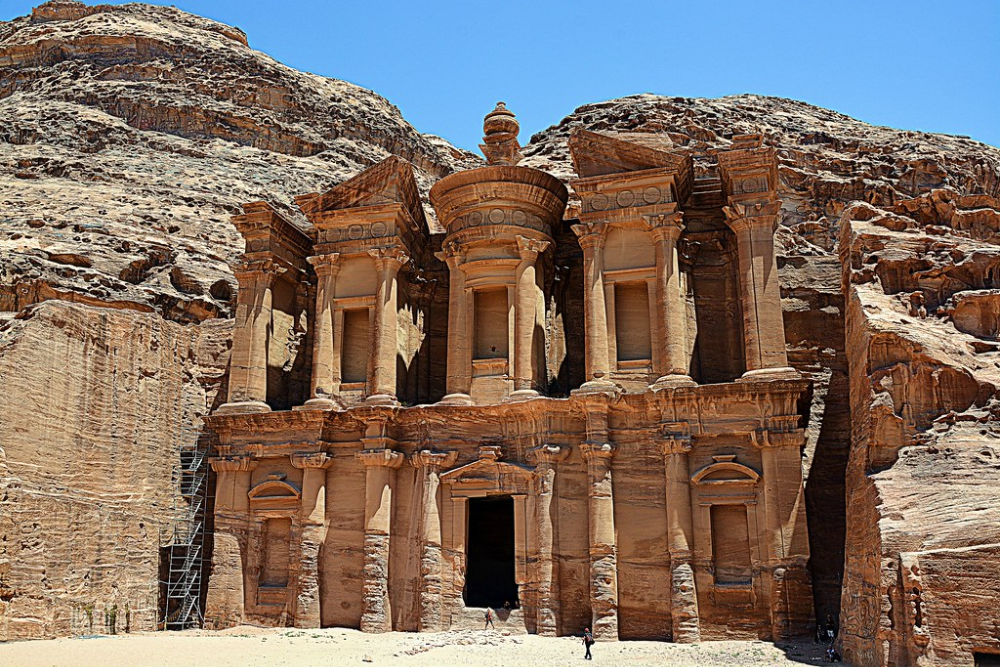
The difference between standard tours and archaeological expertise is similar to the one between fast food and haute cuisine. Expert guides don’t simply recite memorized scripts; they explain how fronts were cut from top to bottom and point out subtle details that mark specific eras in history.
Some universities occasionally offer tours led by researchers who are actually excavating at Petra, providing information you would never get from guidebooks or regular tours.
Visit the Petra Archaeological Museum
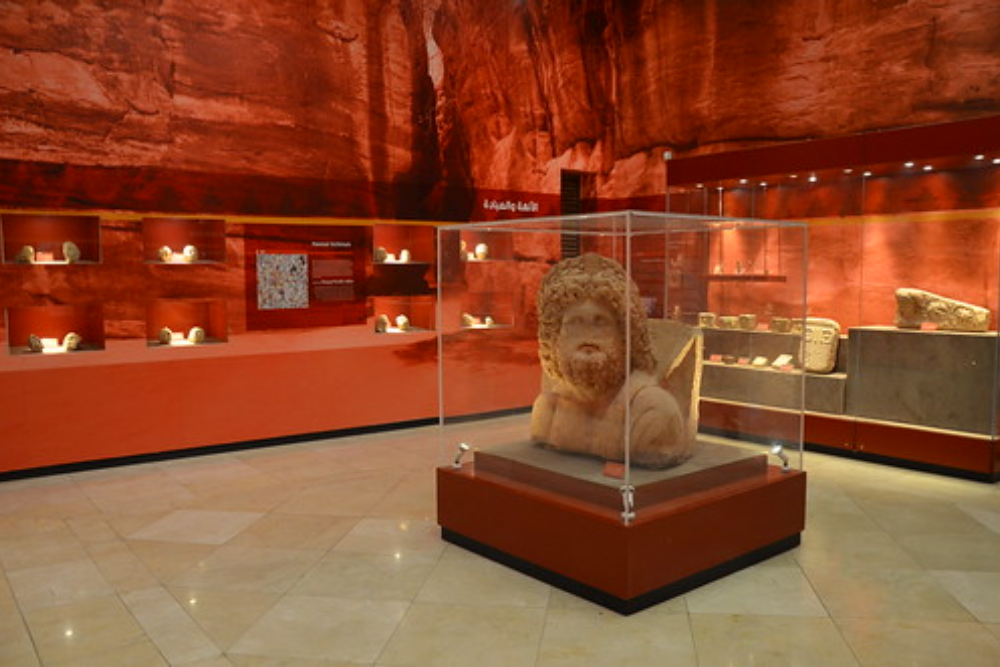
Most tourists rush past the archaeological museum—a pity if you’re curious about more than merely pretty facades. This treasure trove contains actual artifacts: finely carved Nabataean pottery, architectural elements, and day-to-day objects that connect you with the real people who lived here.
The exhibits span several eras—Nabataean, Roman, Byzantine, and Islamic—showing how the site evolved over nearly two millennia of uninterrupted human presence.
Study the Water Management Systems
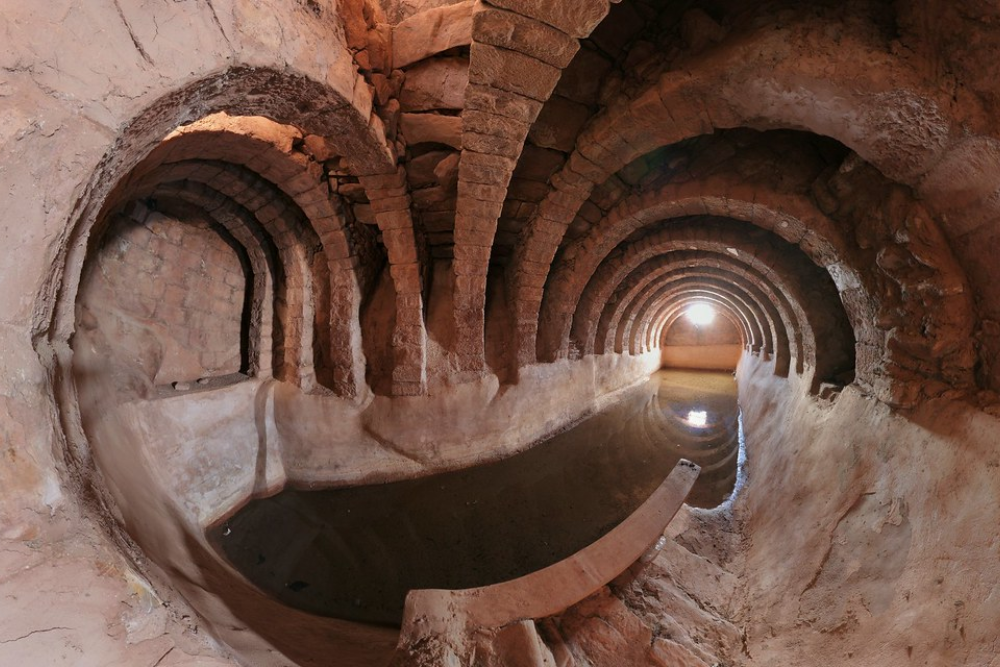
The Nabataeans’ true brilliance lay not in monumental architecture but in revolutionary water technology, which made a parched canyon suitable for a booming city. Distributed around the site—and along the Siq—are ingenious channels, dams, and ceramic pipes that capture seasonal rainfall while deterring catastrophic flash floods.
It is this hydrological magic that allowed a desert civilization not just to eke out an existence where others could not but to flourish, creating the actual foundation of their wealth and power.
Like Travel Pug’s content? Follow us on MSN.
Take the Back Road to the Monastery
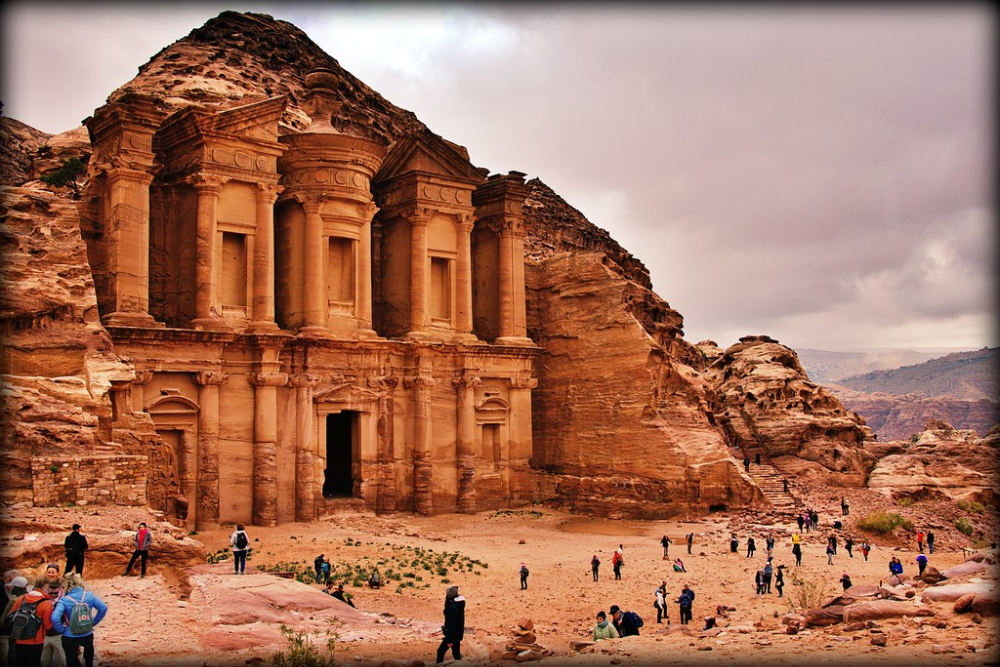
Smart tourists arrive at key monuments from different directions, just as archaeologists do when they are studying spatial relationships and functions. The back door option via Wadi Muthlim encompasses some of the most overlooked Petra for travelers, including outlying structures and waterworks that are not on the standard tours.
Starting near Little Petra, this route enters the back of the Monastery—spare you those 800+ steps on the main trail while enjoying completely different vistas of the landscape.
Visit During Various Seasons
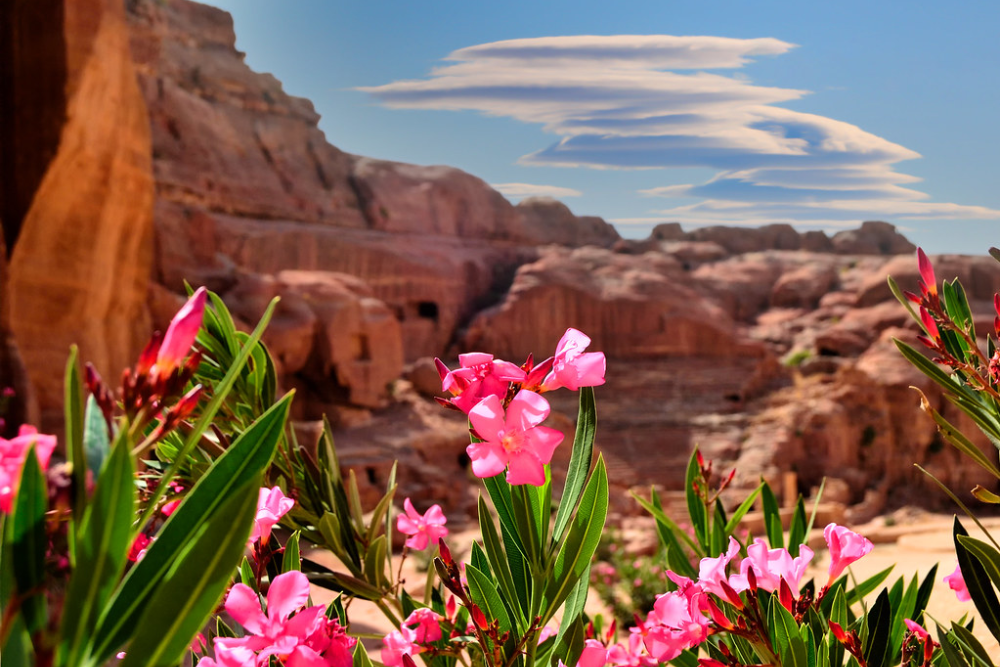
Petra changes radically with the seasons in ways that also reflect how the Nabataeans responded to their world. Spring covers the rock faces with unexpected wildflowers, and winter creates moody light conditions and sometimes water running through ancient conduits.
Summer explains why those shade-causing recesses and natural ventilation openings weren’t merely decorative but survival tools in a relentlessly hot environment.
Study Tool Marks on Unfinished Buildings
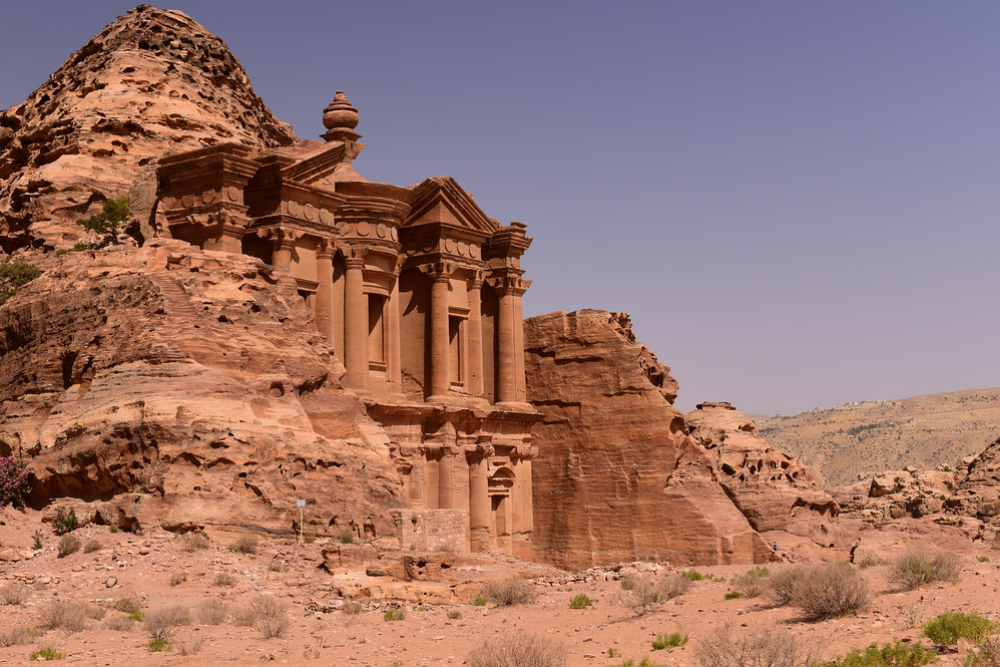
Unfinished monuments tell archaeologists more about how things were built than finished ones possibly could. Petra is full of unfinished façades with tool marks, scaffolding sockets, and work-in-progress details that show exactly how ancient artisans transformed solid cliff faces into architectural masterpieces.
The unfinished upper sections of the Palace Tomb and structures on the outer Siq path clearly reveal the systematic top-down carving technique and the exact kinds of chisels that Nabataean stonemasons employed nearly two millennia ago.
Like Travel Pug’s content? Follow us on MSN.
Bring Binoculars for a Closer Look
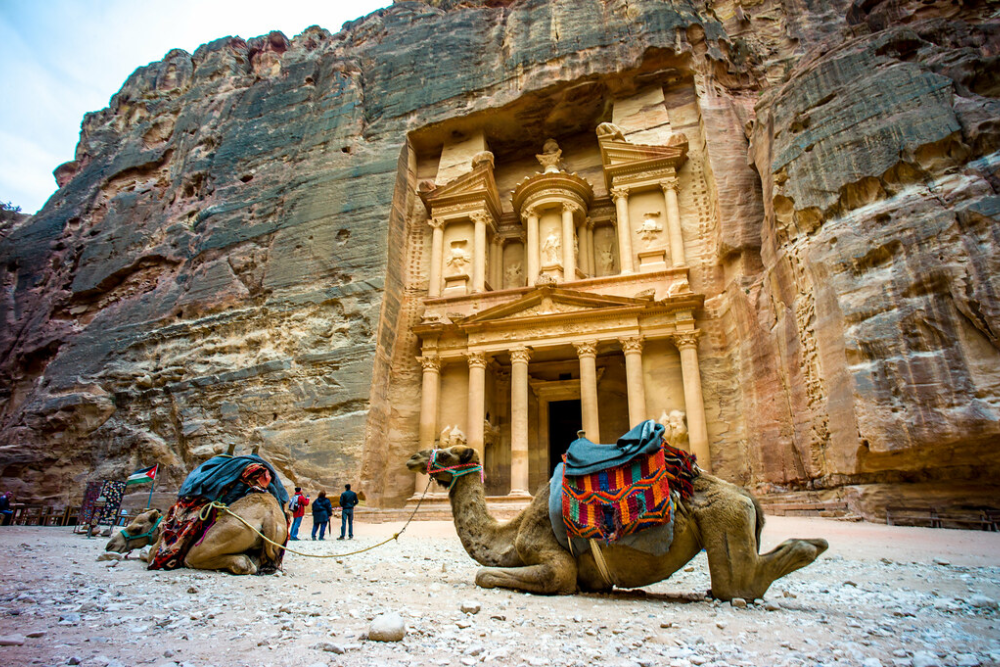
Portable binoculars dramatically transform your experience by revealing details the naked eye can’t detect. High façades contain worn inscriptions, ancient graffiti, and decorative details you simply can’t make out from ground level without visual aid.
This device enables you to examine architectural details on distant monuments without climbing into off-limits areas, giving you access to records of ancient modifications and subtle distinctions between seemingly identical structures.
Explore the Outlying Wadis
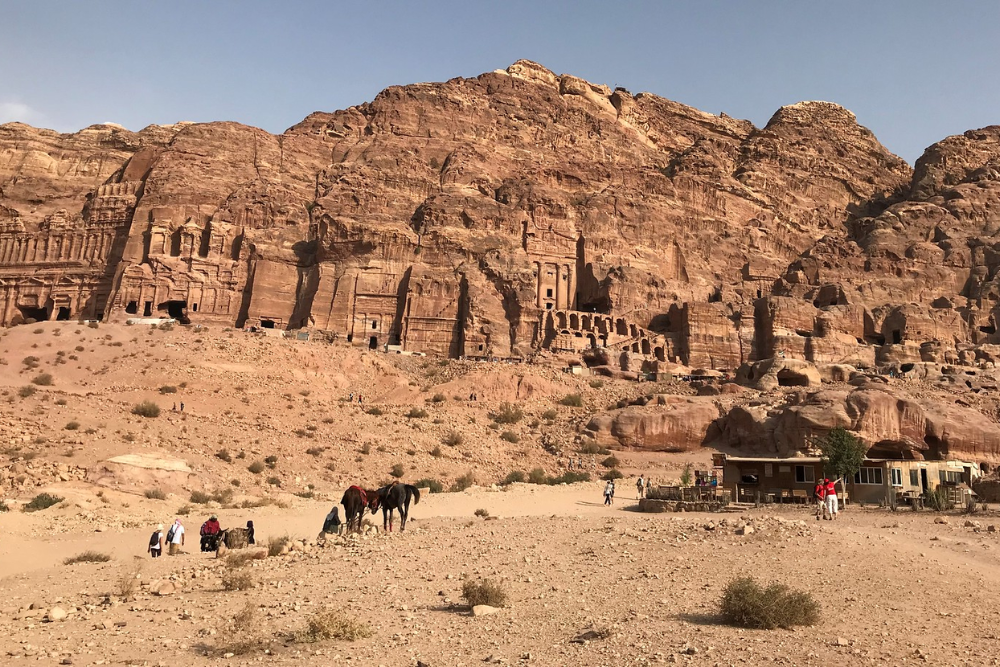
Archaeological interpretation must look beyond the monumental centers to analyze how entire landscapes functioned as integrated systems. The surrounding valleys of Petra—like Wadi Farasa, Wadi Thughra, and Wadi Turkmaniya—contain less-touristed monuments, domestic remains, and agricultural terraces that underlie the iconic city center.
These margins are the keys to daily life, showing how agricultural production, domestic areas, and industrial workshops formed the economic underpinning beneath the ceremonial monuments featured in tourist brochures.
Take Time for Detailed Observation
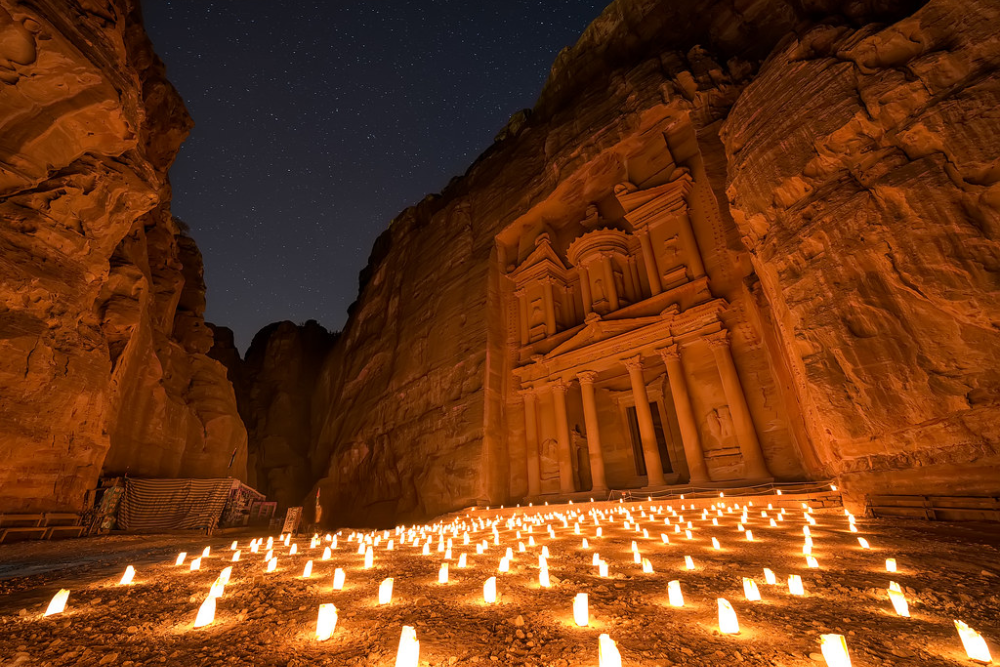
The archaeologist’s secret weapon is not a technical device but simply taking the time to observe what others rush past. Twenty to thirty minutes of observing a single façade produces subtle decorative elements, evidence of ancient repairs, and architectural innovations completely invisible to visitors who glance and then walk on.
This concentrated attention identifies typical Nabataean elements like stepped crowns, engaged columns, and unique capital designs that bear witness to local artistic traditions evolving alongside imported Hellenistic and Roman influences.
Like Travel Pug’s content? Follow us on MSN.
Visit Little Petra (Siq al-Barid)
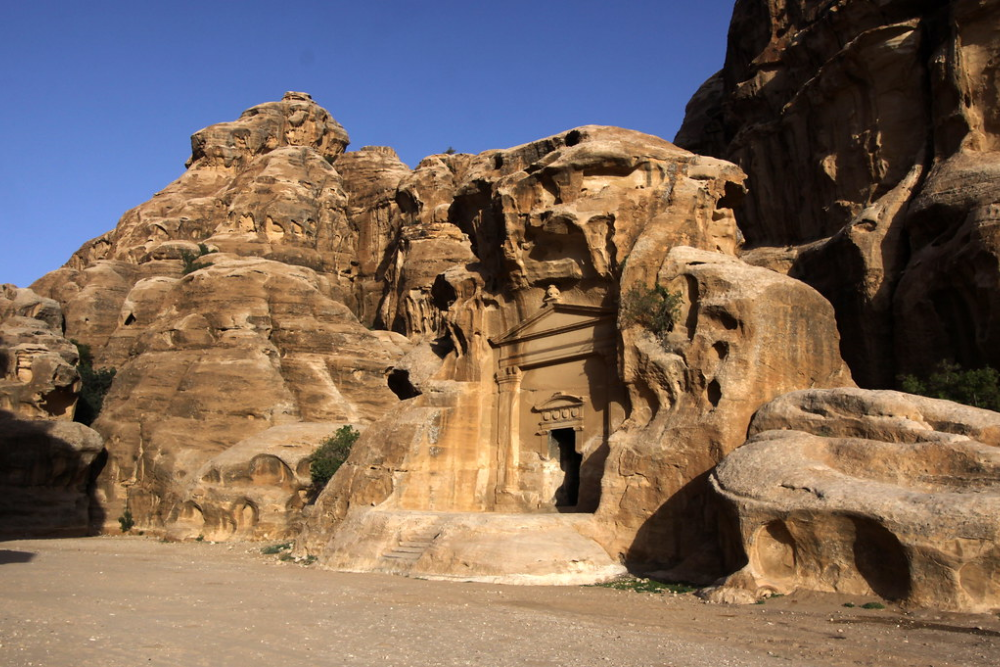
Just 5 miles north of the main site is Little Petra—a smaller but incredibly important complex that served specialized purposes, possibly including merchant accommodation and ceremonial uses. This secondary site contains the finest-preserved Nabataean examples of painted ceiling ornamentation anywhere, demonstrating sophisticated artistic traditions beyond stone carving.
A visit assists in placing Petra in its broader regional settlement pattern while facilitating visualization of how painted details may have originally adorned many now-bare façades in the main city.
Study Different Tomb Styles
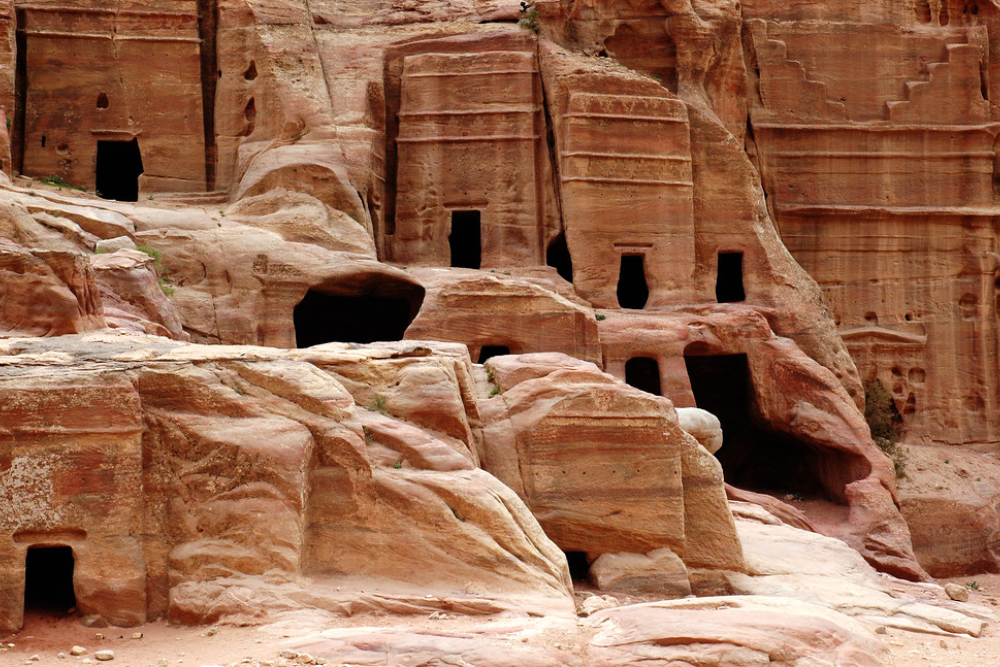
Learning to identify different tomb styles tells Petra’s architectural evolution over centuries of construction. The progression from unadorned Djinn blocks (earliest tombs) to Assyrian-influenced crow-step motifs, then Hellenistic-inspired façades with pediments, and ultimately to elaborate Roman-influenced ones inscribes the history of cultural contact across the ancient Mediterranean.
This typological sensitivity transforms otherwise similar-looking façades into a chronology, illustrating the way in which Nabataean architectural types evolved from simple indigenous types to increasingly complex designs with still characteristic local features.
Respect Archaeological Conservation
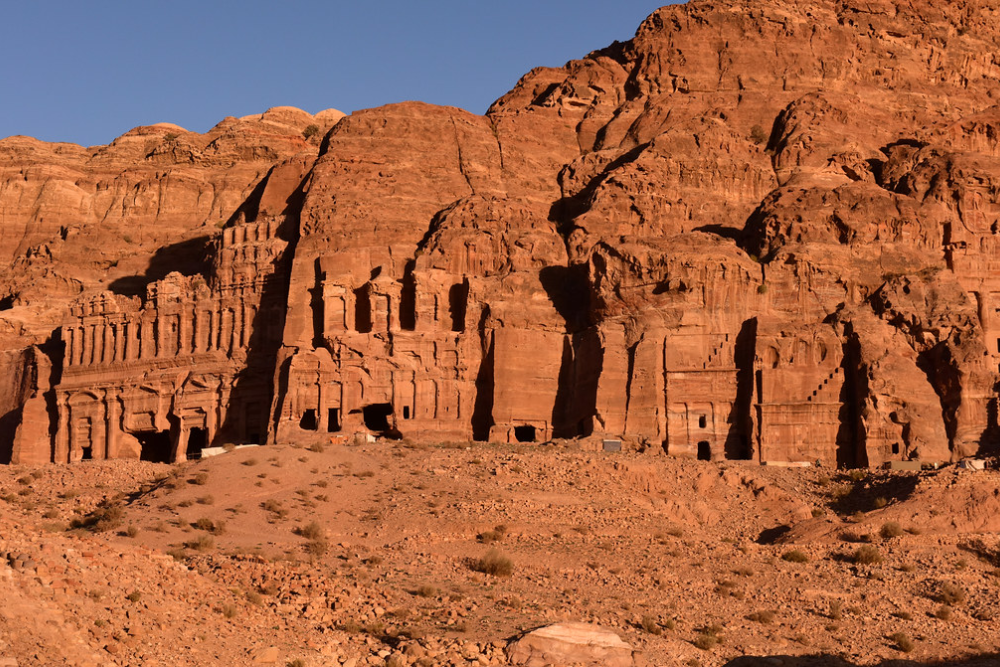
Site preservation must be the concern of all and not just professional conservators. Avoid touching carved surfaces (oils in human hands accelerate stone degradation), climbing on structures, or going to forbidden areas, even when others ignore the rules.
These invaluable monuments have survived two millennia but can be damaged by careless behavior that prioritizes personal experience over shared responsibility for cultural patrimony conservation.
Like Travel Pug’s content? Follow us on MSN.
Study the Astronomical Alignments
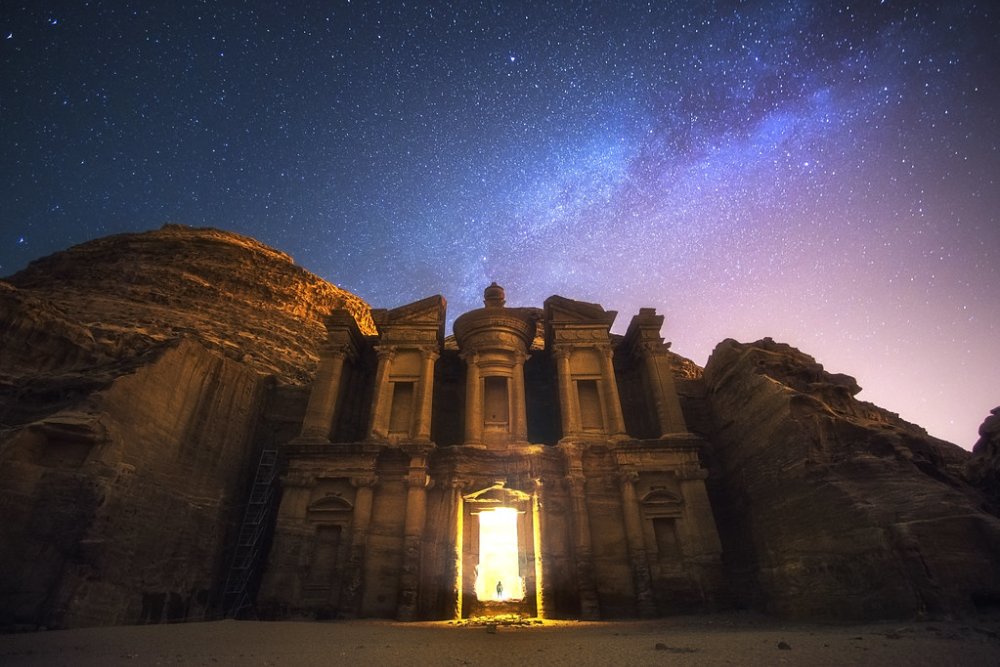
Several ancient civilizations, including the sophisticated Nabataeans, incorporated astronomical information into their architecture. The famous alignment occurs twice yearly when the sun illuminates the sacred podium inside the Monastery on equinoxes.
Other structures around the site also show the same astronomical alignments, marking solstices and significant stellar alignments. These specific alignments demonstrate advanced mathematical awareness that adds calendrical and ritual complexity to our knowledge of structures beyond their apparent funerary or religious purposes described in typical tourist material.
Make the Most of Evening Events
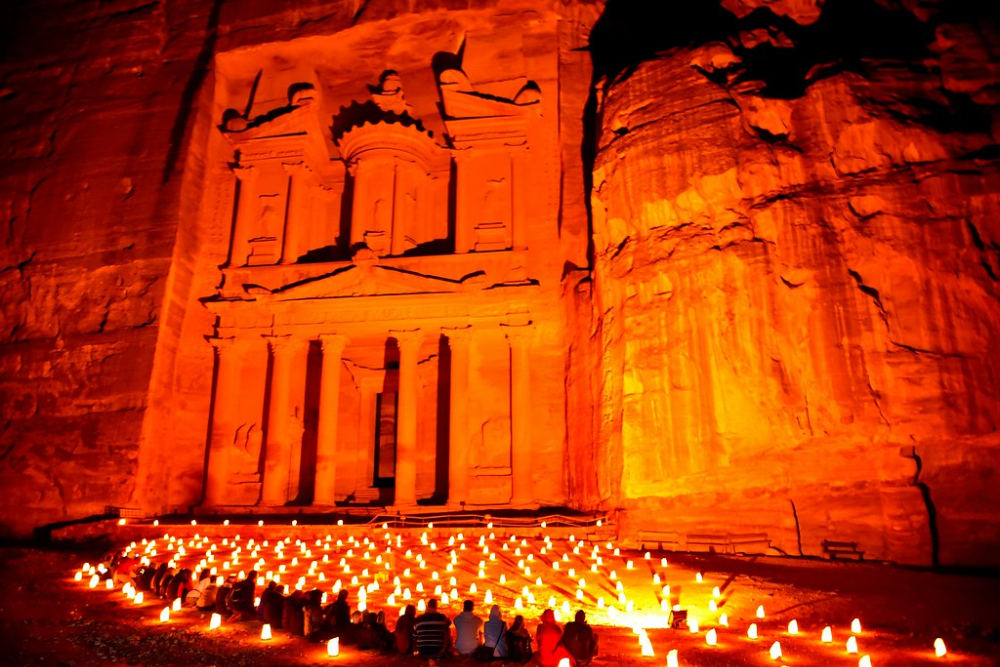
Experiencing ancient sites under different conditions reveals aspects of the experience that remain invisible under standard daytime visits. The ‘Petra by Night’ program opens the Siq and Treasury with thousands of candles, which is close to the way ancient visitors would have experienced these spaces for rituals.
Beyond the direct atmospheric benefits, this different lighting renders audible acoustic properties, shadow patterns, and architectural details designed to interact with firelight that create possibilities for ritual use not typically explored in standard historical accounts.
Keep an Archaeological Field Diary
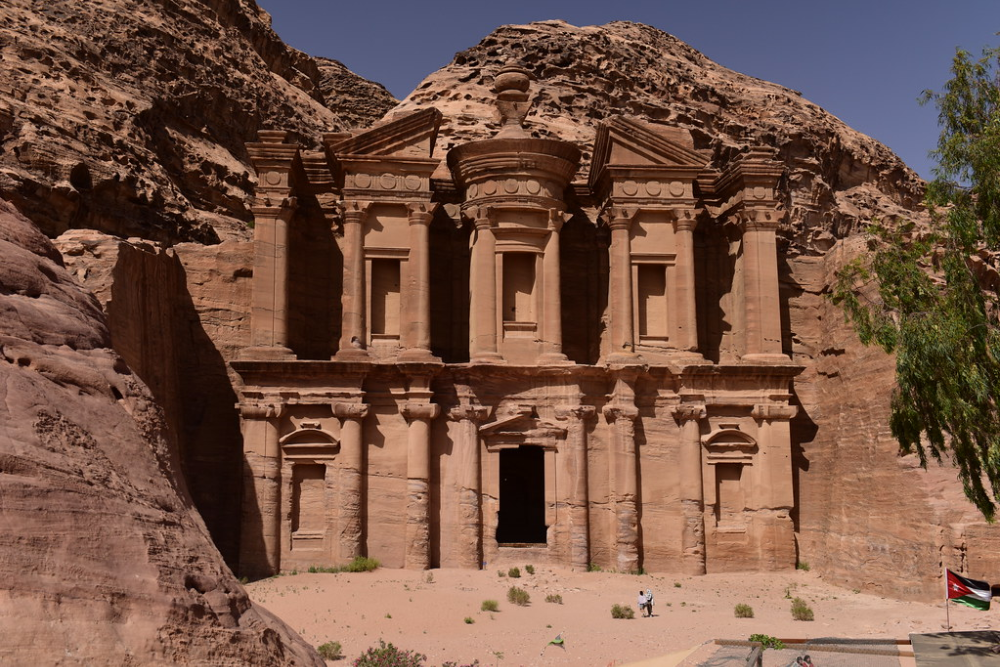
Simply taking notes transforms passive tourism into active research engagement with lasting benefits. A structured journal with dated entries, specific locations, and comparative observations organizes your understanding while creating a valuable personal record for future reference.
Recording questions that arise during your visit provides direction for later research. At the same time, noting connections between different structures helps reconstruct ancient urban relationships obscured when visitors follow predetermined tour paths rather than exploring conceptually linked areas.
Like Travel Pug’s content? Follow us on MSN.
Understanding Through Various Perspectives
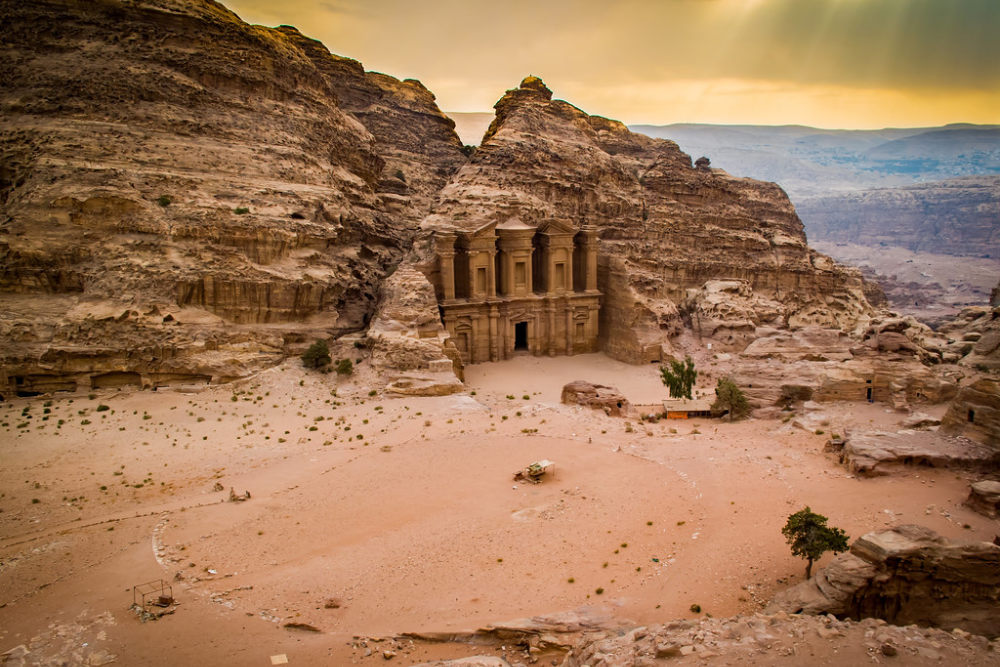
The most enriching Petra experience is to come to this incredible site as a complex historical record to be read slowly, not just as a dramatic backdrop for photographs. Touring with archaeological consciousness—asking questions about construction techniques, cultural exchange, everyday lives, and environmental adaptations—rewards insight far greater than superficial awe.
Anyone can transform their trip from ordinary tourism to a meaningful connection with one of humanity’s greatest achievements through the combination of pragmatic planning and cerebral fascination with the civilization that created this enduring wonder.
More from Travel Pug

- 20 Destinations That Were Once Thriving but Are Now Quietly Disappearing
- 15 Hidden Spots in Disney World’s Magic Kingdom Most Visitors Miss
- 20 Once-Popular Beach Towns That Are Now Ghostly Empty
- 20 Beautiful US Lakefront Towns Where You Can Live for Under $2000 a Month
- 20 Caribbean Islands That Are Safer Than People Think
Like Travel Pug’s content? Follow us on MSN.
